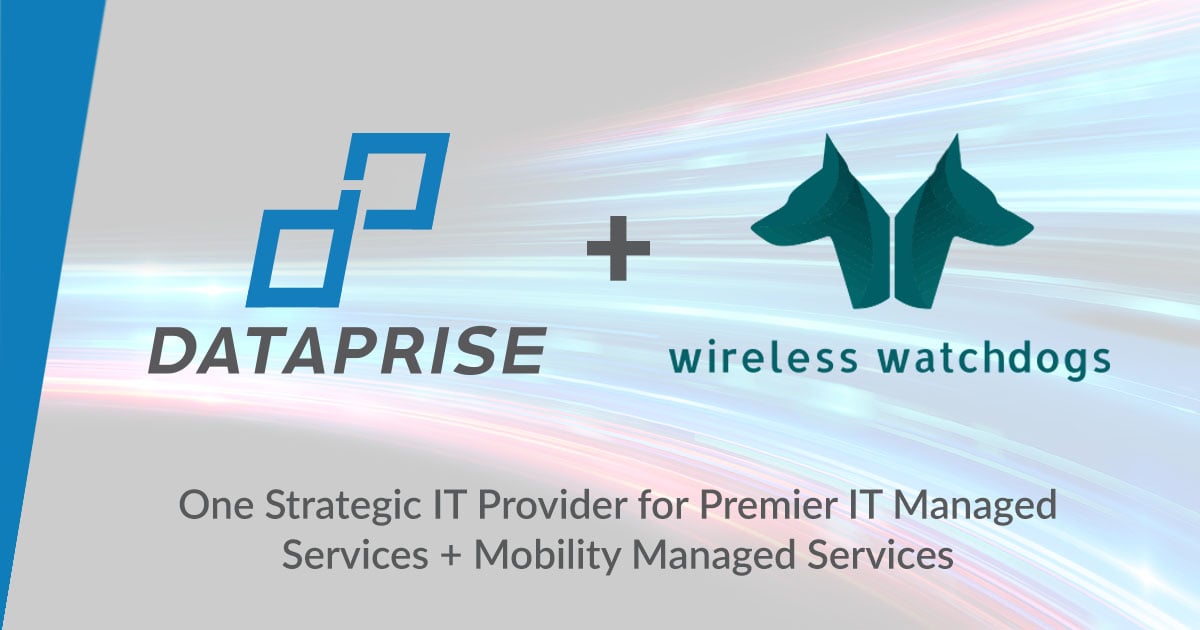Mobile devices have come a long way in terms of features and functionality -- and a long way, too, in terms of their usage for a variety of business functionality. New features and functionality, and the greater efficiencies that they afford to workers, often lead companies to replace older mobile devices in order to leverage those increased efficiencies. It’s a case of out with the old, and in with the new -- but when it comes to your company’s mobile devices, how you go about handling “out with the old” is important from both financial and operational perspectives.
Is Your Mobile Device EOL Plan Leaving Money on the Table?
Many companies will choose to go about getting rid of their old mobile devices by simply shopping around for the best buy-back rates -- and on the face of it, that seems like a sound strategy. But retiring your mobile devices that have reached their end-of-life (EOL) by selling to the highest bidder ignores several other things that should be happening with your old devices. Those things are money left on the table, at best, and potential security holes, at worst -- and a data breach via a supposedly-retired mobile device will be far more costly than any expenses entailed in properly securing and retiring those devices.
One of the more direct ways that self-managing mobile-device EOL can leave money on the table is that without proper device management and accountability, a company has no efficient way to be certain that all devices that should be retired actually have been retired. And while it’s true that spreadsheets have their uses, relying on your IT department to create and maintain mobile device inventory documents, and to properly track changes to those documents, and then to work with whomever is responsible for selling unused devices, places yet another task onto IT’s already-crowded daily schedule. And aside from that burden, there’s another problem with this method: Once the spreadsheets begin to diverge from the actual devices -- and they almost certainly will -- you now have company assets floating around for which there is no accountability.
Device Awareness Across the Mobile Device Lifecycle
Rather than relying on spreadsheets, what’s needed for both financial and security accountability is a mobility management model that is device-aware across the entire lifecycle. We’ve built both our managed mobility services and our platform to do exactly that -- and the platform has a couple of key features that protect our customers’ company assets while at the same time easing the burden on the IT department.
The Wireless Watchdogs platform knows when any device is functionally at EOL, and reports on those devices that have no user and no cellular connection. These are the devices that are typically ready for retirement, and that should be sent to us for EOL processing.
The platform also knows which devices have been received for processing -- and more importantly, it also reports on which devices have not been received. It effectively creates an audit trail for your company’s mobile device assets, and allows managers and others who are accountable for a missing device to make the efforts necessary to locate it. Again, this is important financially in terms of getting money back for unused devices, but it’s also important from a security standpoint -- devices that are both unaccounted for and potentially have access to a corporate network are data breaches waiting to happen.
Where Do Mobile Devices Go to Die?
Aside from knowing where your EOL mobile devices are (and aren’t), it’s equally important to know what happens to them after you’ve shipped them off. For security, all devices that we receive are wiped clean and restored to factory defaults. This is obviously a critical step, since it eliminates any future possibility of someone being able to access your network via software or credentials that were left on the device.
Our final step is to find a new home for your old devices. We handle this step for our clients and work to get the best possible prices for your devices from either resellers or recyclers. And as a final note, we take special care when choosing recyclers; mobile devices contain lead, mercury, arsenic, and other toxins, and it’s important to us that any recycler we work with be able to properly recycle and/or dispose of the devices’ components.
Of course, properly managing your company’s mobile devices throughout their entire life cycle is important -- but just as important as provisioning and kitting them at the start of their service life is how they are handled at the end of their service life, for the reasons discussed above.
At Wireless Watchdogs we take the responsibility of managing our customers’ mobile devices seriously throughout their service life, from planning all the way through end-of-life. If you’d like to talk more about how we can make better mobility management happen for you, or if you’d like to see the platform in action, request a demo and see for yourself how we can bring true ROI to your mobility initiatives -- from beginning all the way to the end.








